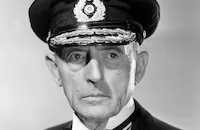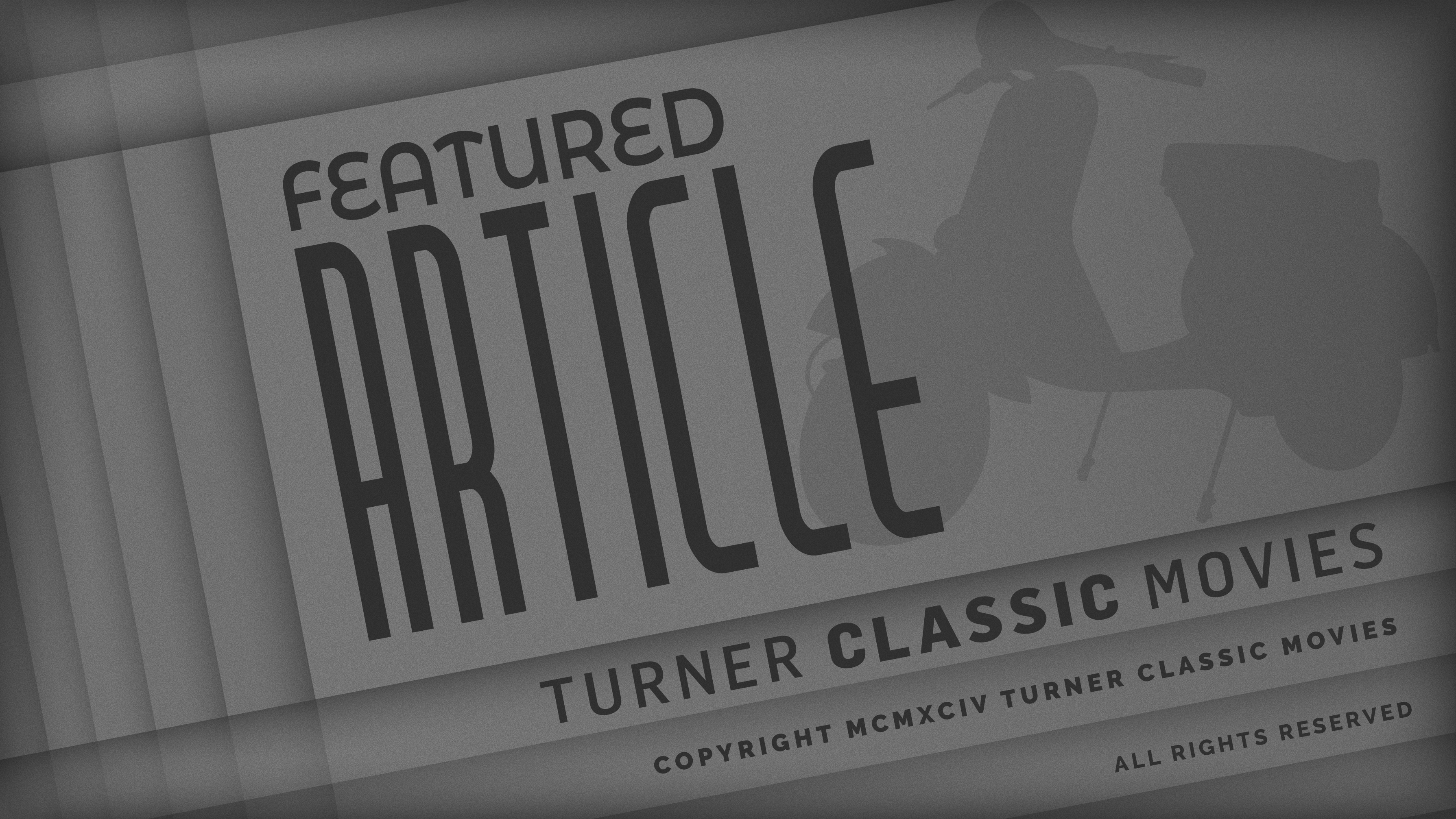Besides Robert Armstrong, Son of Kong also reunites the original director of King Kong - Ernest B. Schoedsack - with that film's special effects supervisor, Willis O'Brien. The stop-motion animation is no less impressive in this sequel and includes a brontosaurus, a stegosaurus, a sea monster, and other strange beasts. There's even an impressive earthquake at the climax but Son of Kong was unable to ape the success of the original. For one thing, the film lacks the menacing tone of its predecessor and more closely resembles a fairy tale with comic overtones except for the tragic ending. At any rate, the movie's poor boxoffice showing convinced RKO to abandon any more giant ape movies until Mighty Joe Young in 1949 which also starred Robert Armstrong in the lead with direction by Schoedsack and special effects by O'Brien.
Movie trivia fans should know that the original title of Son of Kong was Jamboree and that some sources claimed the movie was a reworking of The Enchanted Island, a 1927 feature starring Henry B. Walthall. Exteriors for the film were shot on Santa Catalina Island, off the coast of Southern California, and the Santa Monica pier in Los Angeles. Recordings of Fay Wray's screams and even parts of Max Steiner's music score from King Kong were also reused in this sequel.
Director: Ernest B. Schoedsack
Producer: Merian C. Cooper, Archie Marshek, Ernest B. Schoedsack
Screenplay: Ruth Rose
Cinematography: Edward Linden, J.O. Taylor, Vernon L. Walker
Music: Edward Eliscu, Max Steiner
Cast: Robert Armstrong (Carl Denham), Helen Mack (Hilda Petersen), Frank Reicher (Captain Englehorn), John Marston (Captain Nils Helstrom), Victor Wong (Charlie).
BW-70m.
by Jeff Stafford




















